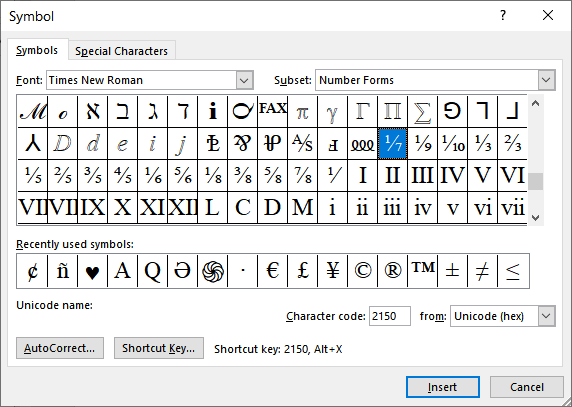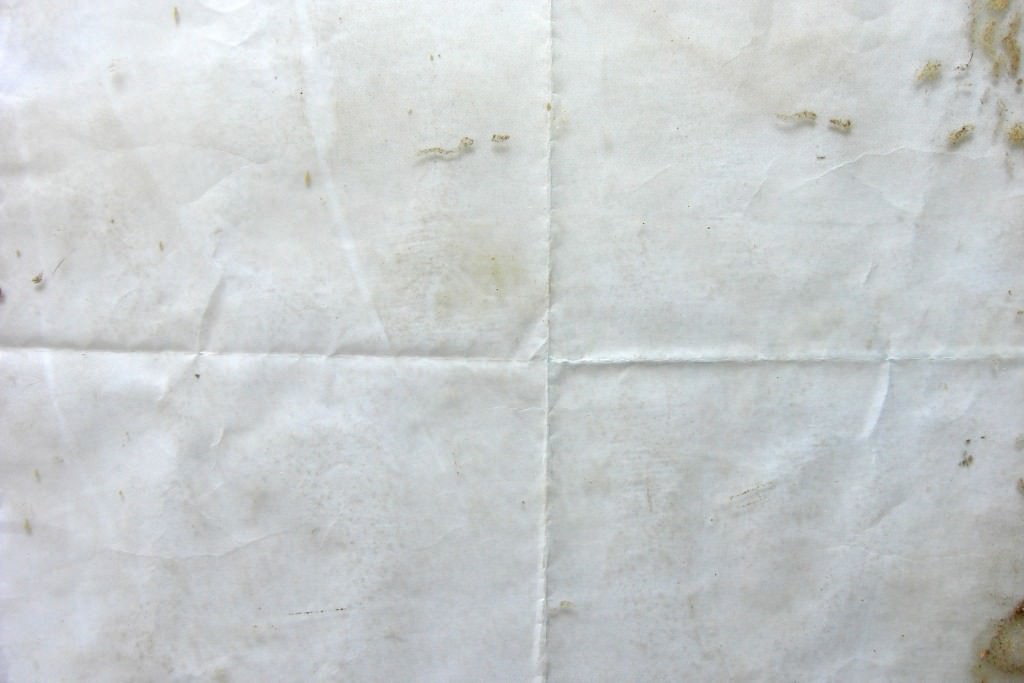


(There are third-party tools that allow you even greater control over equations, including Math Type, which is an upgrade to the Equation Editor provided with Word.
Big fractions in microsoft word how to#
(It is always helpful to know how to use the menus and templates in the Equation Editor, and that means more learning.) However, when it comes to complex fractions and other mathematical formulae, it is the best tool at hand. Some people don't particularly care to use the Equation Editor, because it adds another level of complexity to working with Word. Click anywhere in your document other than in the Equation Editor object.From the resulting drop-down list, select the template that matches how you want your fraction to appear. Click on the Fraction and Radical Templates tool.An Equation Editor object is inserted, and the Equation toolbar appears. If the dialog box includes a Displays as Icon check box, make sure it is cleared.(There may be a version number as part of the name, such as Microsoft Equation 3.0.) If Microsoft Equation is not available in the Object Type list, then you don't have it installed on your system. In the Object Type list, choose Microsoft Equation.To insert a fraction with the Equation Editor, follow these steps: Unfortunately, the Equation Editor is not installed by default, so you may need to run the Word or Office Setup program to make sure it is installed. This tool allows you to create all sorts of mathematical formulae in your document, including fractions. Select the AutoFormat As You Type tab Select Fractions (1/2) with fraction character () NOTE: The. From the Categories list, select Proofing Click AUTOCORRECT OPTIONS. One way you can put fractions in your document is to use the Equation Editor provided with Word. Windows: From the OFFICE BUTTON, click WORD OPTIONS The Word Options dialog box appears.


 0 kommentar(er)
0 kommentar(er)
